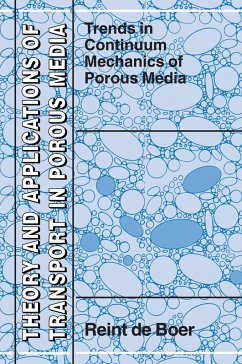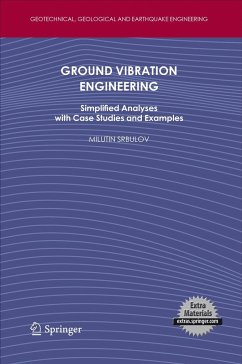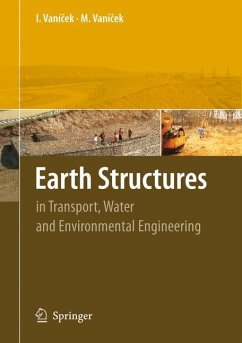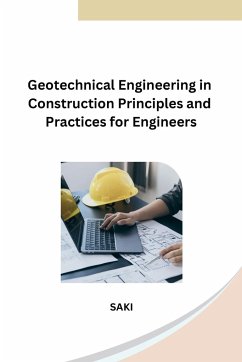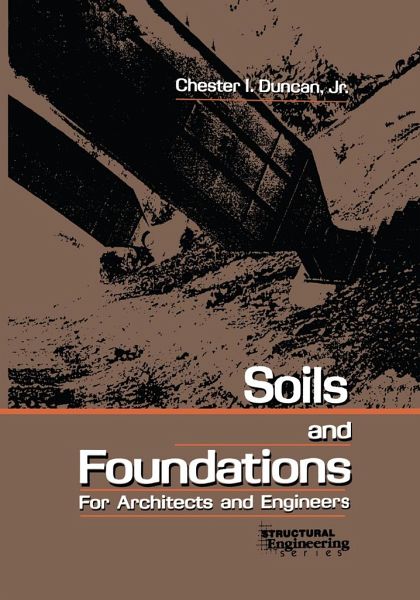
Soils and Foundations for Architects and Engineers

PAYBACK Punkte
76 °P sammeln!
Soils and Foundations for Architects and Engineers provides in-depth, yet simplified, information on the more commonly encountered aspects of soils mechanics and foundations. It also redefines and clarifies many frequently misunderstood aspects of soil mechanics and foundations such as the actual failure mode of footing due to excessive vertical or lateral pressure theory and the effect of groundwater.





